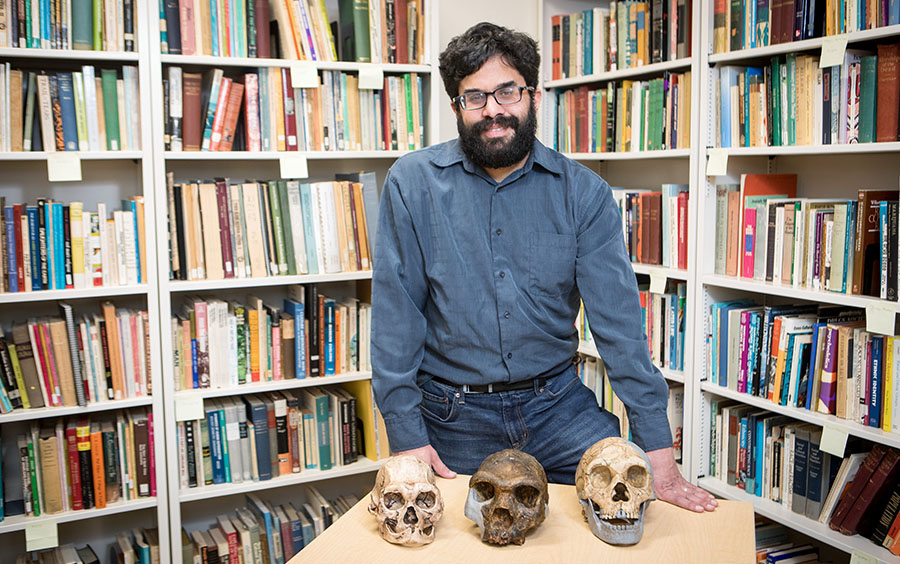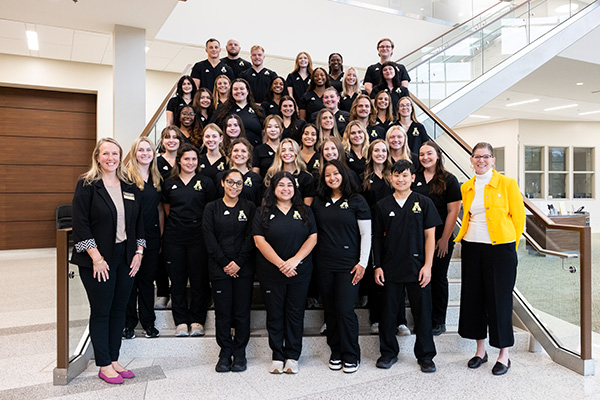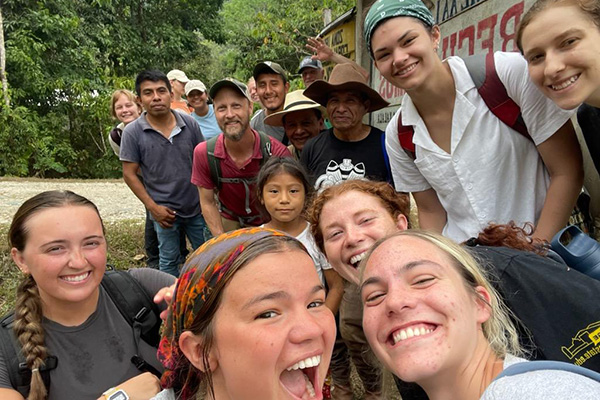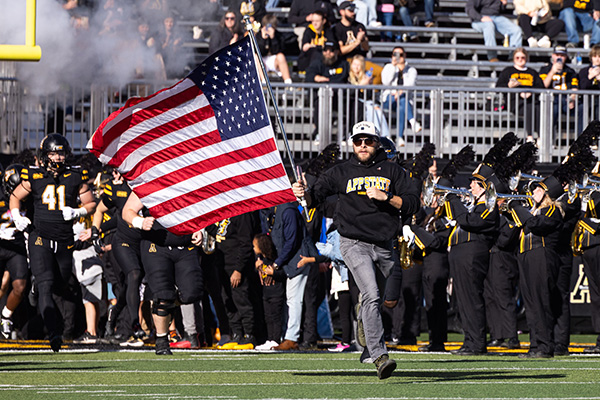BOONE, N.C.—Anthropologists have debated for decades whether humans, living in tribal communities thousands of years ago, were more or less violent than societies today. Researchers at Appalachian State University, the University of Notre Dame and the University of Wisconsin-Madison wonder if the question of more or less violence is the wrong one — what if it’s a matter of scale?
In a new paper published in Proceedings of the National Academy of Sciences, they present data showing that the size of a society’s population is what drives the size of its “war group,” or number of people of fighting age who defend it. They also show that the size of the war group is what determines the number of casualties in a conflict.
In the paper titled “Population is the Main Driver of War Group Size and Conflict Casualties,” the researchers show that the larger the population of a society, the smaller its war group size, proportionally — which means fewer casualties in a conflict.
“A number of researchers have argued that people who live in states are less violent than those who live in tribal societies,” said Dr. Marc Kissel, a lecturer in Appalachian’s Department of Anthropology and former postdoctoral researcher at the University of Notre Dame. “However, we argue that this work often misses a major factor: population size. Using data collected from various sources, including over 400 historic conflicts, we show that the response to conflict is driven by the overall population size.
“In other words, a society’s population size is what drives the number of casualties and the number of people involved in war, rather than it being something about contemporary people living in nation-states being less violent than other groups.”
Kissel and the co-authors gathered data on population and war group size from 295 societies and on war group size and conflict-related casualties from 430 historical conflicts going back to 2500 B.C. They plotted the available data on population size, war group size and conflict casualties.
They looked at scaling, not percentages or proportions, as a reflection of the realities of warfare. As population size goes up and societies form into states, the military becomes proportionally smaller, more nimble and more specialized, said University of Notre Dame’s Dr. Rahul Oka, Ford Family Assistant Professor of Anthropology, who served as lead author. A small-scale society can have 40 percent of its population committed to fighting, for example, but “it’s just economically impossible for a state-level society with, let’s say, 10 million people to have an army that is 4 million strong,” Oka said. “It’s logistically inconceivable.”
The study is considered the first of its kind to offer an expanded data set looking at societies in different places and time periods, during both peacetime and conflict, and examining the scaling relationship between population and number of people in the army or war group, and between the number of people in conflicts and deaths occurring during conflicts.
“The ratio of the war group to the population size does not stay the same as a society increases in size. We argue that the decline in this ratio in state-level societies compared to small-scale societies is due to the scaling laws we uncover rather than some sort of pacifying action of living in states,” Kissel said.
“Simply put, our data suggest that people in the past and people in the present were more similar to each other than often thought … It is not that life in a state makes the people who live there less violent, it is simply that more people make it logistically more complicated” to feed, clothe and support an army, he explained.
This study looked at one specific type of violence — warfare — but, “other forms, such as structural violence and racism are more insidious in modern society,” Kissel said. He encourages future research to incorporate studying forms of violence “that may be less obvious.”
Scholarly work such as this enhances teaching of Appalachian undergraduates, Kissel said.
“My colleagues and I have been working on this paper for over two years now … I was able to tell students about this work before it was published and test ideas with them. I think that gives students insight into how scientists flesh out an argument and study its assumptions,” he said.
“Also, there is a lot more we want to do with the data we have,” Kissel said, “and I hope to recruit students to work with us to analyze and write up these ideas.”
University of Notre Dame’s Office of Media Relations contributed to this report.
About the Department of Anthropology
The Department of Anthropology offers a comparative and holistic approach to the study of the human experience. The anthropological perspective provides a broad understanding of the origins as well as the meaning of physical and cultural diversity in the world — past, present and future. Learn more at https://anthro.appstate.edu.
About the College of Arts and Sciences
The College of Arts and Sciences (CAS) at Appalachian State University is home to 17 academic departments, two centers and one residential college. These units span the humanities and the social, mathematical and natural sciences. CAS aims to develop a distinctive identity built upon our university's strengths, traditions and locations. The college’s values lie not only in service to the university and local community, but through inspiring, training, educating and sustaining the development of its students as global citizens. More than 6,800 student majors are enrolled in the college. As the college is also largely responsible for implementing App State’s general education curriculum, it is heavily involved in the education of all students at the university, including those pursuing majors in other colleges. Learn more at https://cas.appstate.edu.
About Appalachian State University
As a premier public institution, Appalachian State University prepares students to lead purposeful lives. App State is one of 17 campuses in the University of North Carolina System, with a national reputation for innovative teaching and opening access to a high-quality, cost-effective education. The university enrolls more than 21,000 students, has a low student-to-faculty ratio and offers more than 150 undergraduate and 80 graduate majors at its Boone and Hickory campuses and through App State Online. Learn more at https://www.appstate.edu.
What do you think?
Share your feedback on this story.












